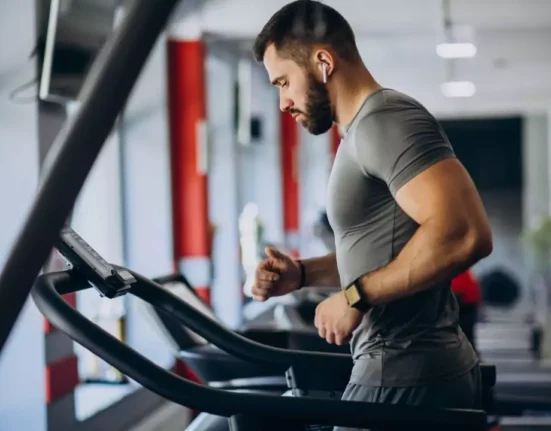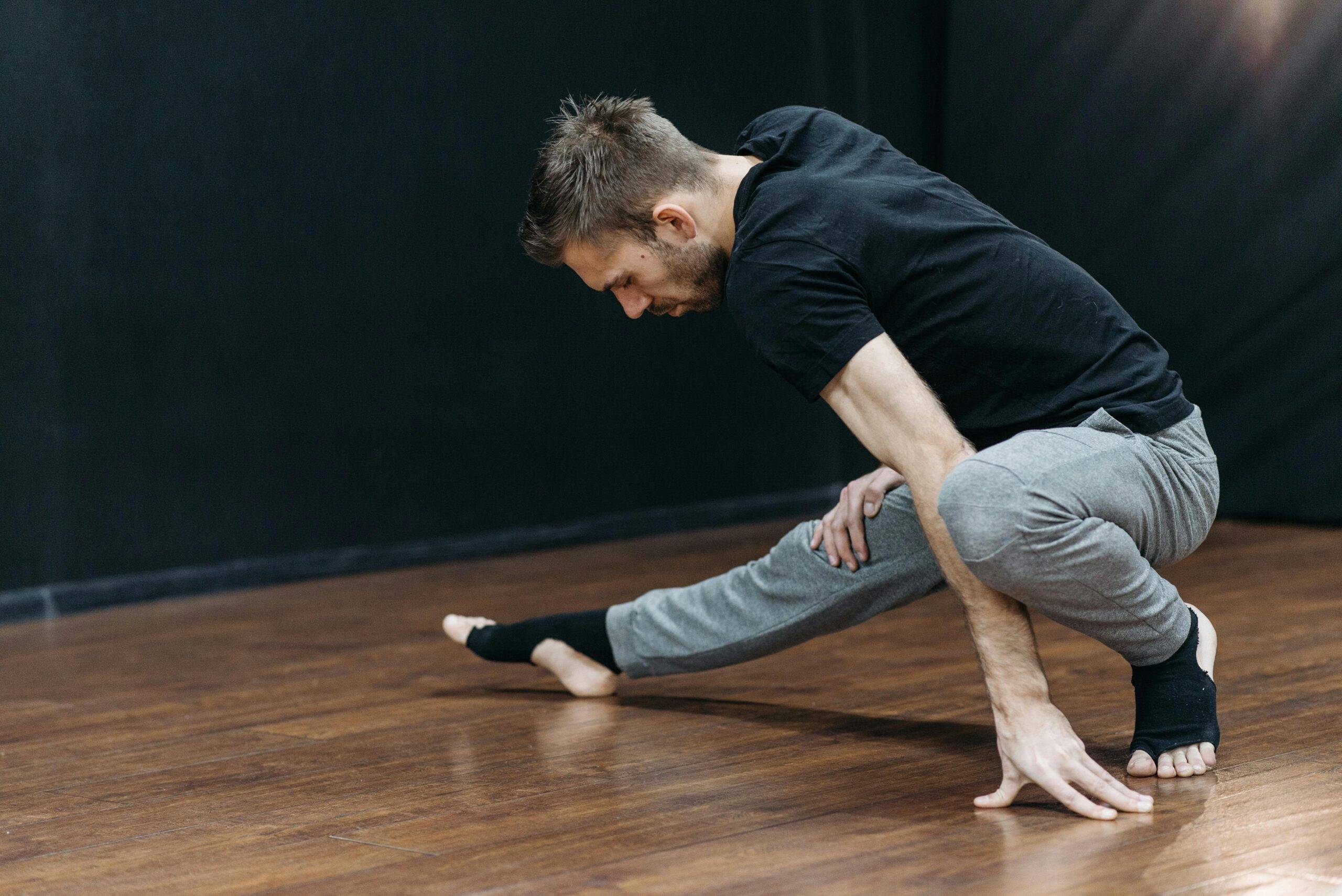What Are Calisthenics
Calisthenics is basically working out using your own body weight. It’s a cool way to get stronger, more flexible, and build endurance. You can do it just about anywhere like a park or even your living room. Think push-ups, pull-ups, squats, and planks.
Why Do Calisthenics
Doing calisthenics has tons of benefits:
- Flexibility: You’ll get more flexible thanks to all the different movements.
- Cost-effective: You won’t need a pricey gym membership or fancy equipment.
- Real Strength: You build strength that helps in real-life situations.
I started off doing just a few push-ups at home and honestly the simplicity of calisthenics made it super easy to keep with the routine and see amazing improvements.
Read also: 5 Effective Lower Abs Exercises for Home Workouts
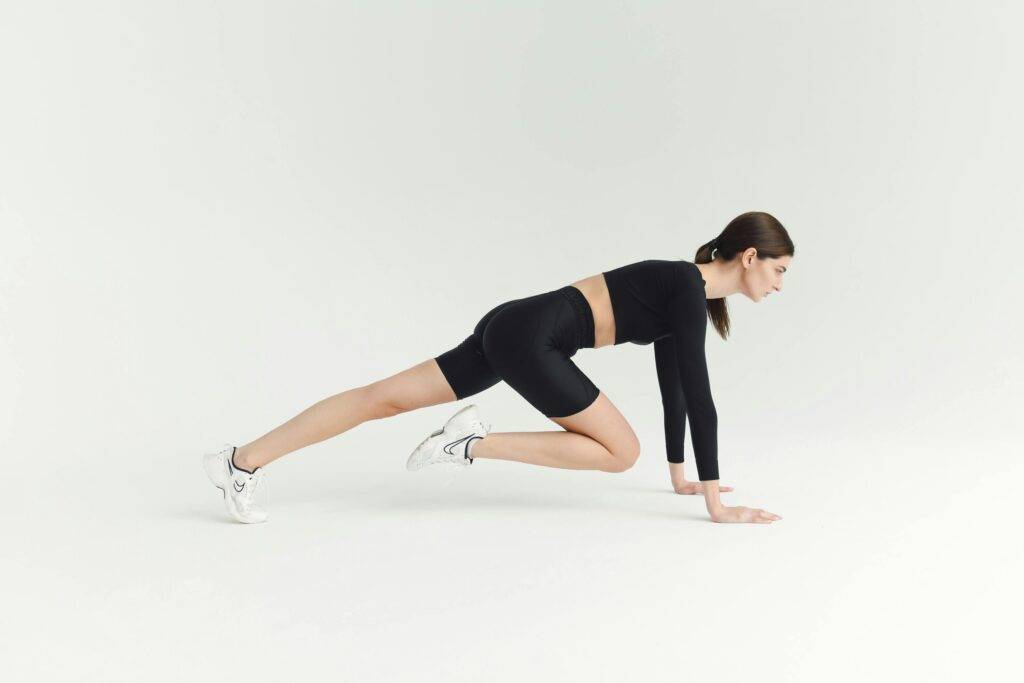
Starting Out with Calisthenics
Setting Your Goals
Before you jump right into calisthenics it’s a good idea to set some straight-up goals. This keeps your motivation up and helps you know what you’re working towards. You might want to start by:
- Strength Goals: Go for a specific number of push-ups or pull-ups.
- Endurance Goals: Aim to increase how long you can work out gradually.
For example when I started I wanted to nail ten push-ups in a row and hitting that milestone really pumped up my confidence.
Getting to Know Calisthenics Exercises
Once you’ve set your goals getting comfortable with different calisthenics exercises is key. Some important moves are:
- Push-ups: For building upper body strength.
- Squats: Perfect for leg gains.
- Planks: To boost core strength.
Each of these targets different muscles letting you have a full workout. Mixing them up helps keep things interesting as you get better.
Read also: The 7 Best Low-Impact Cardio Exercises for Joint-Friendly Fitness
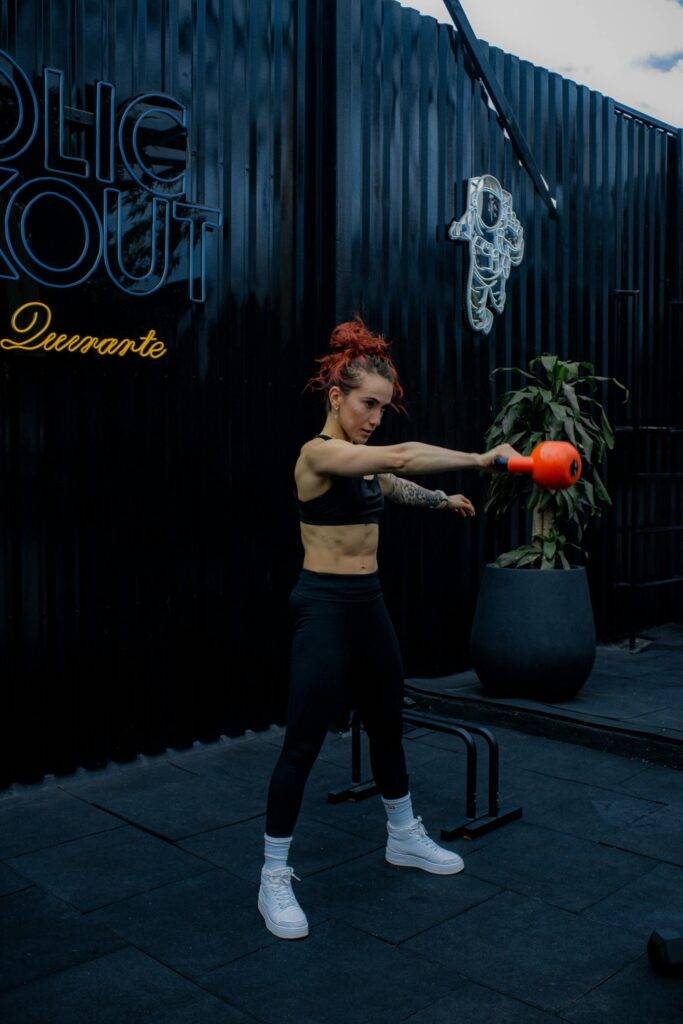
Making Your Own Workout Schedule
Starting with Beginner Routines
When you’re new to calisthenics it’s all about getting down the basics and building a strong base. A simple week plan could look like this:
- Day 1: Push-ups (3 sets of 5 to 10 reps)
- Day 2: Squats (3 sets of 10 to 15 reps)
- Day 3: Rest or light stretching
That’s exactly what I started doing and I slowly felt stronger and capable each time.
Moving to Intermediate and Advanced Levels
As you get stronger it’s time to take it up a notch. Transitioning into intermediate and advanced workouts might look like this:
- Intermediate: Try adding variations like decline push-ups or pistol squats.
- Advanced: Think about skills like muscle-ups or handstands.
Keeping track of what you can do like finally getting muscle-ups gives you that sense of achievement and helps you stay motivated.
Gear You Might Need for Calisthenics
Minimal Equipment Needs
One awesome thing about calisthenics is you don’t need a lot of gear. You can get a good workout just using your body weight but having a few extras can help out. Here’s a quick list of what’s handy:
- Pull-Up Bar: Perfect for upper body workouts.
- Exercise Mat: Gives you some comfort when you’re on the floor.
When I kicked off my journey I had just a solid door frame for pull-ups and a yoga mat and that was ace for getting started on a budget!
Extra Gear for a Better Workout
Once you’re good with the basics think about adding some optional gear to take your workouts up a notch:
- Resistance Bands: Great for adding a little extra challenge.
- Dip Bars: Awesome for working on triceps and chest.
These things can really spice up your routine making it more fun and challenging as you keep going in your calisthenics adventure.
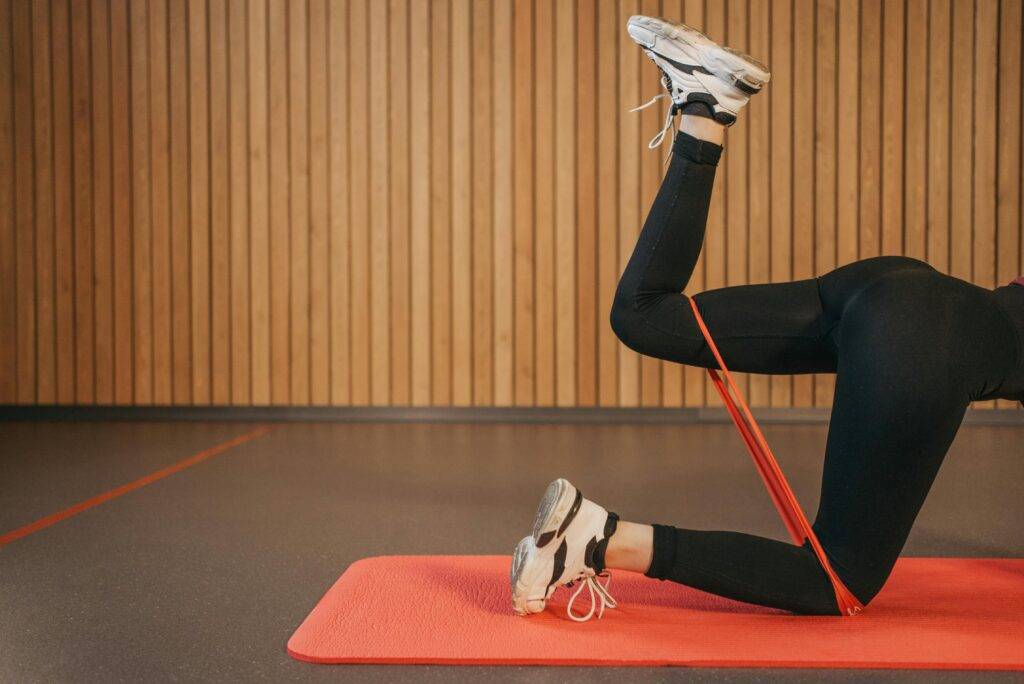
Tips to Boost Your Form and Technique
Why Form Matters in Calisthenics
Keeping good form during your workouts is super important. It helps you get the most out of your exercises and keeps you safe from injuries. Good form makes sure you’re targeting the right muscles which leads to better results. I learned how focusing on my alignment and movements helped me progress quicker and lift heavier.
Mistakes to Watch Out For
Here are some common mistakes to avoid:
- Rushed Movements: Going too fast can mess up your form. Focus on being slow and controlled.
- Bad Body Alignment: If your body’s not lined up properly it can cause strain. Always check how you’re standing or moving.
- Ignoring Core Activation: A strong core helps you out a lot in every move so don’t forget to engage it!
By avoiding these issues you’ll make your workouts safer and more effective as you’re doing calisthenics.
Read also: The 5 Best Pre Workout Supplements for Beginners (2025 Edition)
Balancing Calisthenics with Other Fitness Workouts
Mixing Calisthenics into Your Routine
To get the most out of your health routine mixing calisthenics with other types of workouts can really help. For example how about adding:
- Cardio: Things like running or biking work well alongside strength building from calisthenics.
- Flexibility Workouts: Yoga or stretching helps with recovery.
Adding short runs to my calisthenics routine helped me feel stronger and way more energetic which improved my overall performance.
Cross-Training with Calisthenics
Cross-training is perfect for mixing up your workouts so you don’t feel burnt out or hurt yourself. Think about:
- Swimming: Gets you low-impact cardio while balancing strength.
- Weight Lifting: Adds some resistance for building muscle.
By mixing calisthenics with these other activities you’ll create a fun and varied fitness plan that works many muscles at once.
Keeping Track of Progress and Making Changes
How to Track Your Performance
To really see how you’re doing in calisthenics keeping track of what you achieve is key. You might want to start a workout journal to jot down:
- Reps and Sets: Write down your numbers for each exercise.
- Time Spent: Keep track of how long you worked out.
I found that looking back at my notes showed me how much I’d grown and pushed me to aim for more.
Adjusting Your Workout Plan for Progress
As you check your progress changing your workout schedule is important. If you see some exercises are getting easier try:
- Adding More Reps: Challenge yourself to do a bit more each week.
- Switching It Up: Try more advanced variations to keep targeting the same muscles.
This keeps your workouts interesting and makes sure you’re making progress in your calisthenics journey.
Read also: Ultimate Guide to Choosing the Best Protein Shake Bottle Mixer
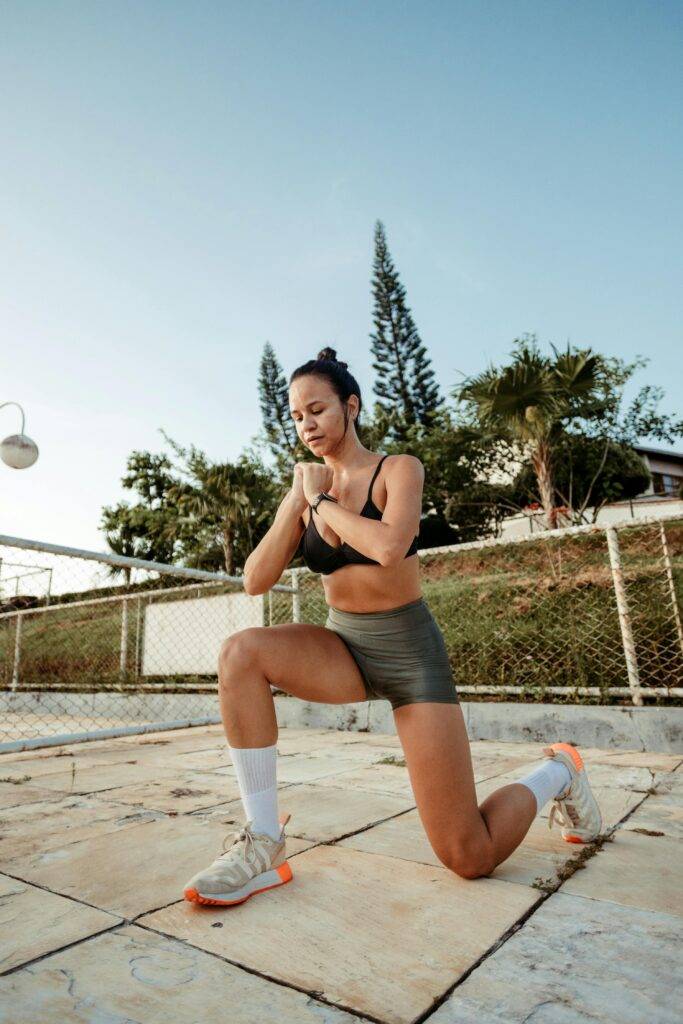
Staying Pumped and Consistent
Realistic Expectations
To keep yourself motivated in calisthenics you need to set realistic expectations. Remember it takes time to see progress. Focus on:
- Short-Term Goals: Go for little wins like adding two reps every week.
- Celebrate Your Efforts: Recognize your hard work even if you don’t see results right away.
I’ve learned to enjoy the journey and celebrate every little win along the way and that really bolstered my motivation.
Frequently asked questions
Can a 14 year old start calisthenics?
Certainly, a 14-year-old can definitely begin practicing calisthenics. . Calisthenics, which involves exercises using one’s own body weight, is an excellent method for young individuals to develop strength, stamina, and flexibility. It’s important to prioritize correct form and technique, particularly during childhood, instead of striving for high intensity or complicated movements. 1
Is 20 minutes of calisthenics a day enough?
Indeed, 20 minutes of calisthenics each day can be sufficient. , particularly for those who are new to it or when concentrating on exercises that are high in intensity. It’s an excellent baseline for establishing a strong foundation and can be beneficial for enhancing strength, endurance, and cardiovascular fitness, especially if you concentrate on compound exercises and ensure proper technique. 2
Is calisthenics 5 times a week good?
Calisthenics five times a week can be beneficial for developing strength and muscle mass , However, it is essential to give importance to rest and recuperation. Although some individuals, particularly those who are more experienced, are able to train as often as that, beginners might benefit from starting with three days per week and then gradually increasing their training frequency. Paying attention to your body’s signals and modifying your training according to its reactions is crucial. 3
Is calisthenics better than gym?
The determination of whether calisthenics is superior to gym workouts relies on personal fitness objectives, likes, and experience levels. . Calisthenics, which involves exercising with one’s own body weight, is highly effective for enhancing functional fitness, preventing injuries, and increasing body awareness. Gym workouts, which usually include weightlifting, are commonly preferred for increasing muscle mass and strength. Integrating both elements can enhance a balanced fitness regimen. 4
What are the disadvantages of calisthenics?
Although calisthenics offers many advantages, it also has some drawbacks. These include a possibility of reduced muscle growth compared to weight training, challenges in targeting particular muscle groups, and a more intense learning process required to master advanced techniques. . Moreover, calisthenics places a strong emphasis on maintaining correct form to avoid injuries, which can make it difficult for beginners to advance to more challenging exercises. 5
Getting Past Plateaus and Setbacks
Plateaus happen to everyone during their fitness journey. If you hit one try:
- Mixing Up Your Routine: Try new exercises that shake things up.
- Taking a Break: Sometimes a short time off can refresh your motivation.
When I reached a plateau switching up my workout made all the difference and reignited my passion for calisthenics reminding me of why I started!
“Did you find this helpful or have something to add? Let us know in the comments section!”
This video is from Cobrasthenics channel.
Reference- betterme.world ((↩))
- healthline((↩))
- quora((↩))
- healthline((↩))
- ashotofadrenaline ((↩))



